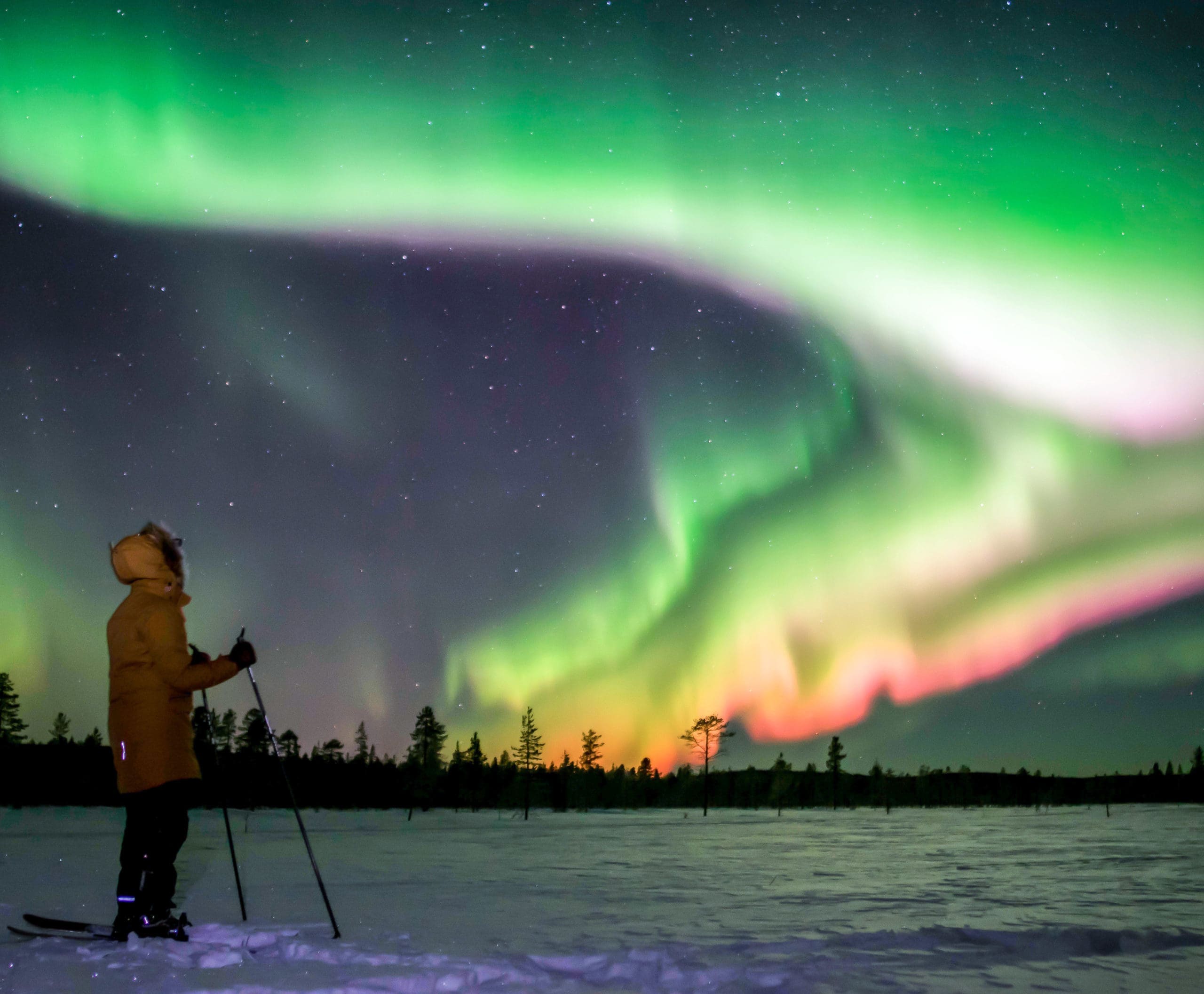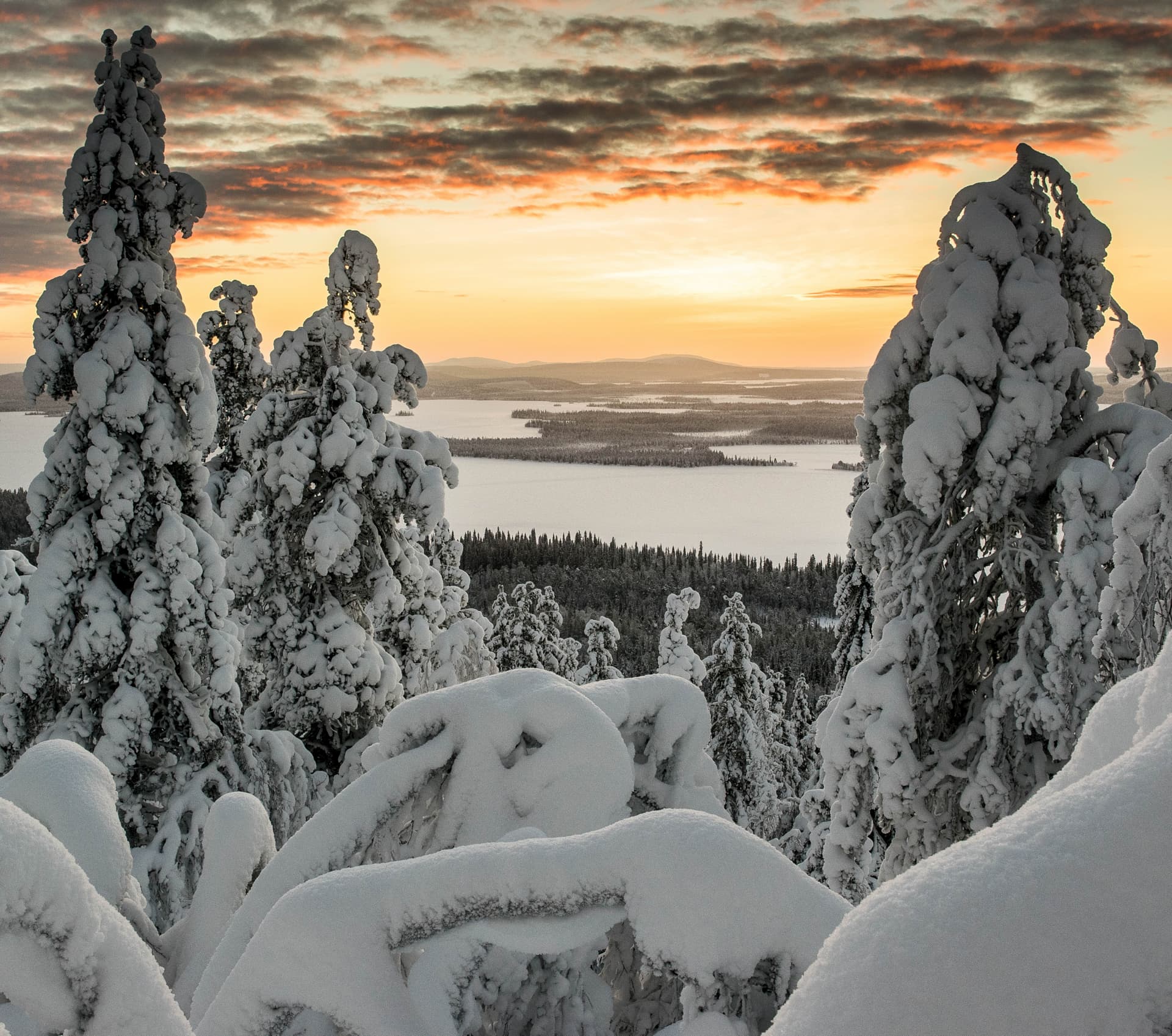Ice fishing is a unique and rewarding experience that combines the thrill of fishing with the serene beauty of winter landscapes. However, achieving success in ice fishing requires more than just drilling a hole in the ice and dropping a line. In this article, we will explore various techniques that can significantly enhance your ice fishing experience. From understanding fish behavior to selecting the right gear, these tips will help you become a more effective and successful ice angler.
Understanding Fish Behavior
One of the most crucial aspects of successful ice fishing is understanding the behavior of the fish you are targeting. Different species exhibit different patterns and preferences, especially during the winter months. For instance, lake trout are known to patrol large areas and are often found in deeper waters, typically between 30 and 60 feet. They are aggressive feeders, making them easier to catch if you know where to look.
On the other hand, species like rainbow trout and brown trout are more likely to be found in the top half of the water column near shoreline transition points. These fish roam across large areas in search of small fish and crustaceans. Knowing these behavioral patterns can help you position yourself in the right spot and use the appropriate techniques to attract and catch your target species.
Choosing the Right Gear
Having the right gear is essential for a successful ice fishing trip. The two main types of fishing lines used for ice fishing are monofilament and fluorocarbon. Fluorocarbon is preferred for its low visibility underwater, making it ideal for finicky fish that are cautious about approaching bait. However, monofilament is more cost-effective and suitable for beginners.
When it comes to lures, jigging swimbaits and rattling lures are highly effective. These lures mimic the movement of small fish, attracting predators like walleye and lake trout. Additionally, using live bait such as minnows can be particularly effective for species like walleye, which feed almost exclusively on small fish during the winter months.
Drilling the Perfect Hole
Drilling a hole in the ice is a fundamental part of ice fishing, but the size and placement of the hole can significantly impact your success. The diameter of the hole should be appropriate for the species you are targeting. For example, a 6-inch hole is suitable for panfish and yellow perch, while an 8-inch hole is better for larger species like northern pike and lake trout.
It’s also important to space your holes adequately to avoid tangling lines. If you are using multiple rods or fishing with a partner, ensure that your holes are at least 5-6 feet apart. This spacing helps prevent lines from crossing and makes it easier to manage multiple fishing spots. Additionally, if you are using an underwater camera, place the camera hole at least 2 feet away from your fishing hole to avoid tangling the camera cable with your fishing line.
Weather Considerations
Weather conditions play a significant role in ice fishing success. Fish behavior can change dramatically based on factors like sunlight and barometric pressure. For instance, walleye are more likely to bite during overcast days or just before a snowstorm when the barometric pressure drops. On bright sunny days, they tend to be less active until sunset.
Understanding these weather patterns can help you plan your fishing trips more effectively. Always check the weather forecast before heading out and be prepared for sudden changes. Safety should be your top priority, especially when dealing with potentially hazardous conditions like thin ice or strong winds.
Safety First
Ice fishing can be a safe and enjoyable activity if you take the necessary precautions. Always check the thickness of the ice before venturing out. A minimum of 4 inches of clear, solid ice is recommended for walking, while 8-12 inches are needed for snowmobiles or small vehicles. Avoid areas with flowing water, as the ice is usually thinner and less stable.
Carrying safety equipment such as ice picks, a rope, and a flotation device can be lifesaving in case of an emergency. It’s also advisable to fish with a partner and let someone know your plans and expected return time. By taking these precautions, you can ensure a safe and enjoyable ice fishing experience.
Book a Lapland Tour with Wildmaker Lapland
If you’re looking to take your ice fishing adventure to the next level, consider booking a Lapland tour with Wildmaker Lapland. We offer a range of services designed to provide you with an unforgettable experience in the pristine wilderness of Lapland. From guided luxury ice fishing trips to husky safaris, our expert guides will ensure you have a safe and successful adventure.
Our tours are tailored to suit all levels of experience, whether you’re a seasoned angler or a complete beginner. With Wildmaker Lapland, you can explore the stunning landscapes of Lapland while honing your ice fishing skills. Book your tour today and embark on an adventure of a lifetime!
By following these ice fishing techniques and considering a guided tour with Wildmaker Lapland, you can enhance your chances of success and create lasting memories in the beautiful winter wonderland of Lapland.



